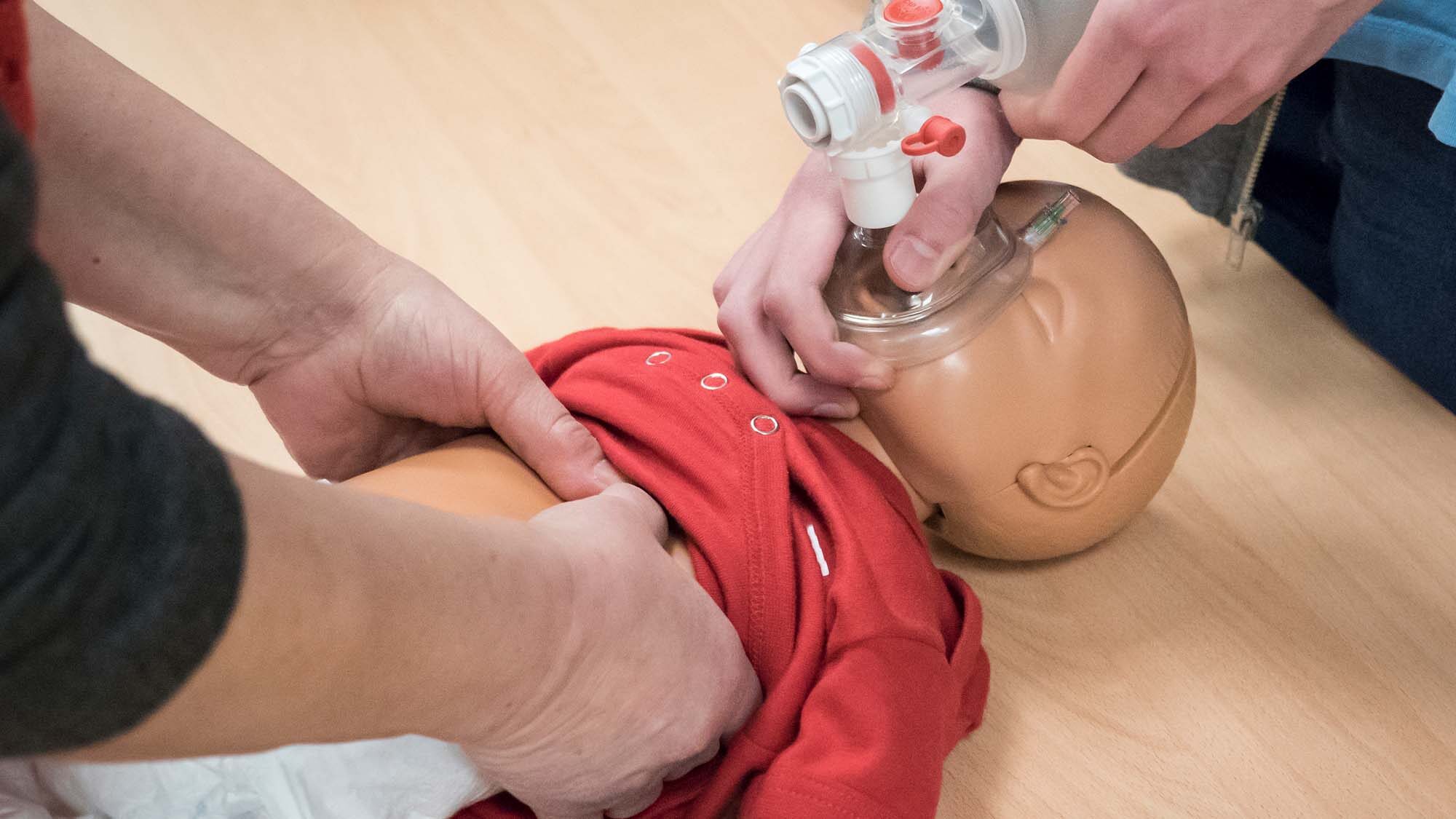
Ice and heat have long been used to treat maladies, from mild conditions such as sore muscles, to injuries such as sprains. But if you use the wrong one, you could actually be causing more harm than good. Here’s an overview of heat and ice applications, and the benefits of each.
Ice: Ice should be applied quickly after an acute injury, such as a pulled muscle or sprain. Ice’s primary benefit is to reduce swelling. Avoid using direct contact with your ice source. A bag of frozen vegetables, such as peas, makes a great ice pack because the small chunks surround the contours of the affected area to provide consistent coverage. Make sure to wrap the bag in a dish towel or t-shirt, and use for a maximum of 20 minutes at a time, with hourlong breaks.
Heat: Heat is used for chronic injuries, such as back pain. Never use heat immediately after an injury, because it will make the swelling and pain worse. Heat loosens and relaxes muscles, so use it before activity or after. Heat is also a useful tool before getting a massage. If you don’t have a heating pad, you can microwave a wet towel or a cloth bag of rice. The same rule as ice applies: no more than 20 minutes at a time with hourlong breaks.
So as a general rule, remember ice for immediate injuries and heat for chronic conditions. If you think about what you’re trying to accomplish with each application it helps as well.









